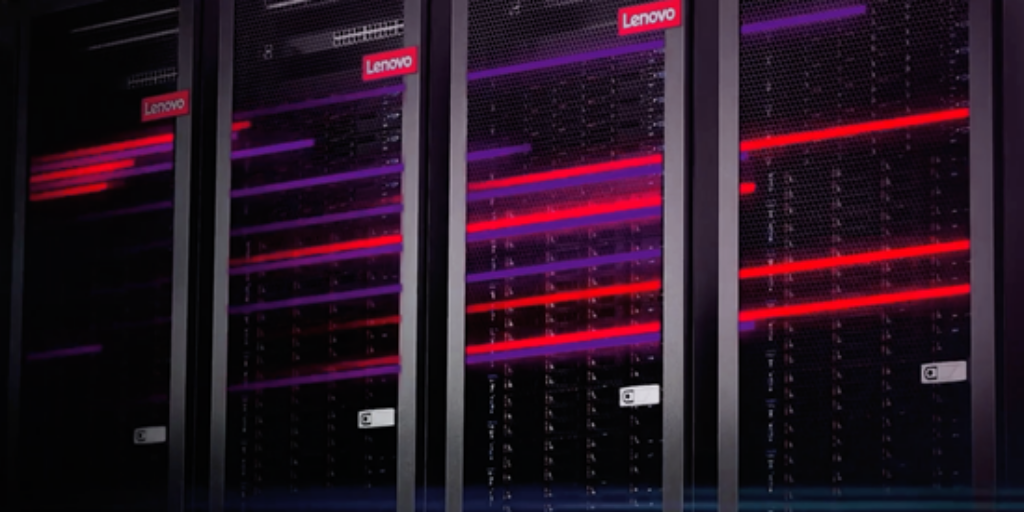HPCwire’s Michael Feldman posted a feature yesterday on AMD’s response to Intel’s latest chip
I spoke with John Fruehe, AMD’s worldwide business development manager, to get his take on how Nehalem will challenge AMD’s Opteron product line and what AMD has in store over the next 12 months. In general, Fruehe maintains his company is sticking with its game plan that focuses on energy efficiency, price, and platform stability. From his perspective, this strategy plays directly into Nehalem’s weaknesses and will be especially important in an economic climate in which cash-strapped customers are looking for ways to reduce capital expenditures.
The article has lots of point-by-point detail that is worth a read. Here’s a nugget
Maintaining platform compatibility over a multi-year timeframe means customers can upgrade systems relatively inexpensively by plugging in new chips and upgrading the BIOS. Being able slip the latest Opterons into existing servers has been an especially useful way to extend the lives of multi-million dollar supercomputers….”It’s pretty clear that there’s plenty of innovation that can happen within a platform without having to change everything,” says Fruehe. “We don’t buy into the argument that you need to rip everything up or push your customers through a lot of churn just to get an advantage over your competitor.”
Fruehe also believes Intel’s early bet on DDR3 memory is going to work against them. From his perspective, although DDR3 offers higher capacities in terms of total addressable memory, the hardware costs more, draws more power and has higher latency than DDR2. Fruehe thinks Intel miscalculated where the DRAM industry was going to be in 2009 in regard to DDR3, mainly because of the unforseen consequences of the economic downturn on the major Taiwanese memory manufacturers.



